Warren Buffett once said “it takes 20 years to build a reputation and 5 minutes to ruin it. If you think about that, you’ll do things differently.”
An organization’s corporate reputation is essential to its ability to sell its products and services to customers. It also influences the quality of employee talent it can attract. Given these points, it makes sense to management your reputation as best as possible.
This article will cover everything you need to know, including:
- What corporate reputation management is
- Online vs offline corporate reputation management
- The most important elements of online corporate reputation management
- How to build a solid corporate reputation management strategy
- Corporate reputation management best practices
Ready? Let’s get into it.
What Is Corporate Reputation Management?
Corporate reputation management is the act of influencing the consumer perception of your brand, utilizing various tactics and strategies. The aim is to improve how your target audience and market views your brand, which if successfully done, provides substantial benefits.
Some of these tactics and strategies include:
- Search engine optimization
- Social media management
- Social media listening
- Reputation marketing
- Public relations
- Press release distribution
- Customer experience outreach
- Community outreach
All these tactics and strategies are implemented under one holistic corporate reputation management strategy. If implemented successfully, organizations will experience numerous benefits, including:
- Increased revenue
- More efficient marketing efforts
- Increased customer brand loyalty
- More attractive to employees/top talent
- Increased market valuation
Online Corporate Reputation Management vs Offline Corporate Reputation Management
It is generally agreed that there are 2 general types of corporate reputation management spheres:
- Online corporate reputation management
- Offline corporate reputation management
Online corporate reputation management largely refers to the practice of digital marketing. This means you’re addressing your brand’s reputation on the internet, through various channels, such as:
- Social media marketing
- Email marketing
- Search engine optimization
- Content marketing/inbound marketing
Your brand’s reputation online is much easier to manage, simply because it’s easy to measure. Lack of likes/dislikes, low email deliverability/open rate, bad reviews/negative comments — these are all easily observed and quantified.
Within minutes you can find every negative comment, review, or issue about your brand online. You can quickly and effectively respond with an appropriate corporate reputation management strategy.
Offline corporate reputation management regards your brand’s reputation outside of the digital world. This includes practices like print, networking events, radio, direct mail, and inbound/outbound calls.
Your brand’s reputation offline is much harder to manage, because it’s hard to measure. All you can really do is listen, and ask around. You can use old school strategies like surveys, polls, and questionnaires to get a general idea.
However, just because offline reputation is hard to measure, doesn’t mean it doesn’t matter — it deserves your attention and effort.
Most Important Elements of Online Corporate Reputation Management
The practice of online corporate reputation management aims to improve the perception of your brand in the eyes of consumers. That’s the primary goal. More specifically, online corporate reputation management comprises of 3 secondary goals:
- Reputation monitoring
- Reputation repairing
- Reputation building
All forms of online corporate reputation management involve a combination of those. You’re either monitoring, repairing, or building your online reputation. If you aren’t doing one, two, or all of those activities, then you’re not conducting online corporate reputation management.
Online corporate reputation management comprises a variety of different specific strategies. These are utilized over the various different digital marketing channels, like social media, search engines, and websites.
These specific strategies can be boiled down to:
- Review monitoring
- Responding to reviews
- Social monitoring
- Mention monitoring
- Respond to social mentions
Review Monitoring
The most important element to online corporate reputation management is no doubt review monitoring. This entails going around all the different places where customers can leave reviews for your brand.
Monitoring your reviews is so important because it gives you valuable insight into your customers. It’s also largely the number one place potential customers go to gauge your brand’s reputation.
If you don’t consider monitoring and addressing your reviews, it could, and most likely would, affect your business negatively.
Some common review websites/platforms you might monitor include:
- Google My Business listing
- Yelp
- Tripadvisor
- Amazon
- Glassdoor
- G2
- TrustPilot
The top review platform on the internet is Google with its GMB listings.
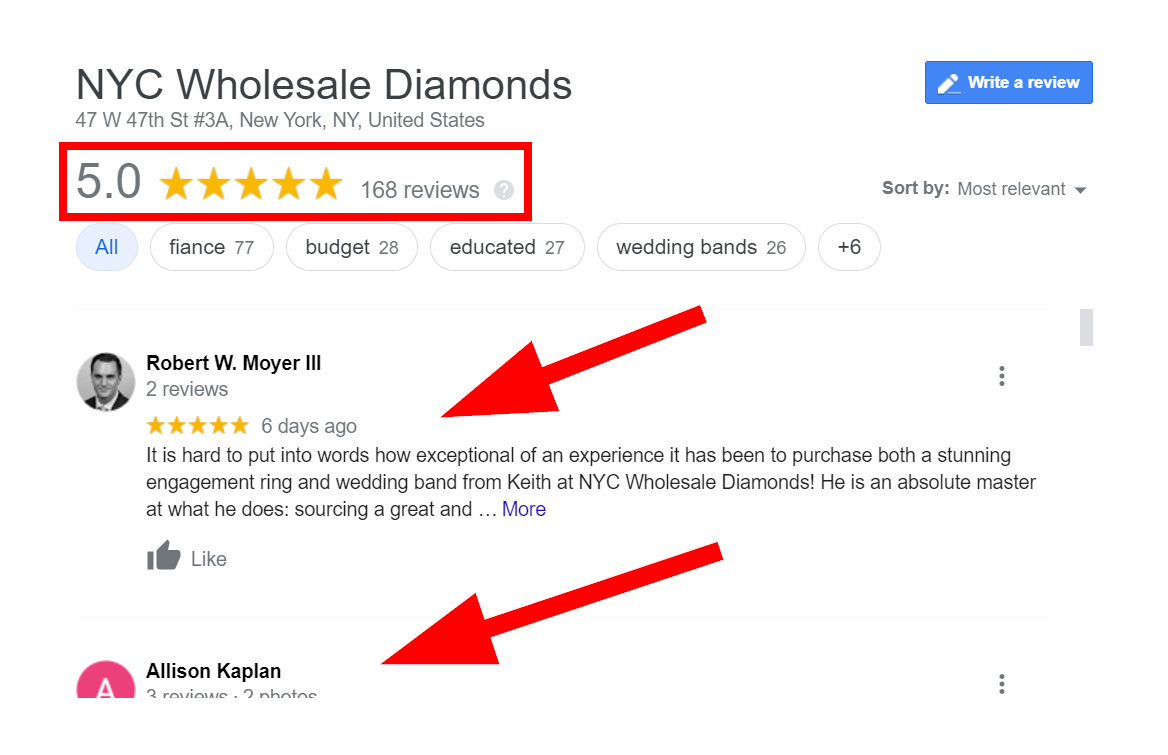
Make sure you take a good look at all your reviews here.
Yelp is not what it once was, but it’s still a player.
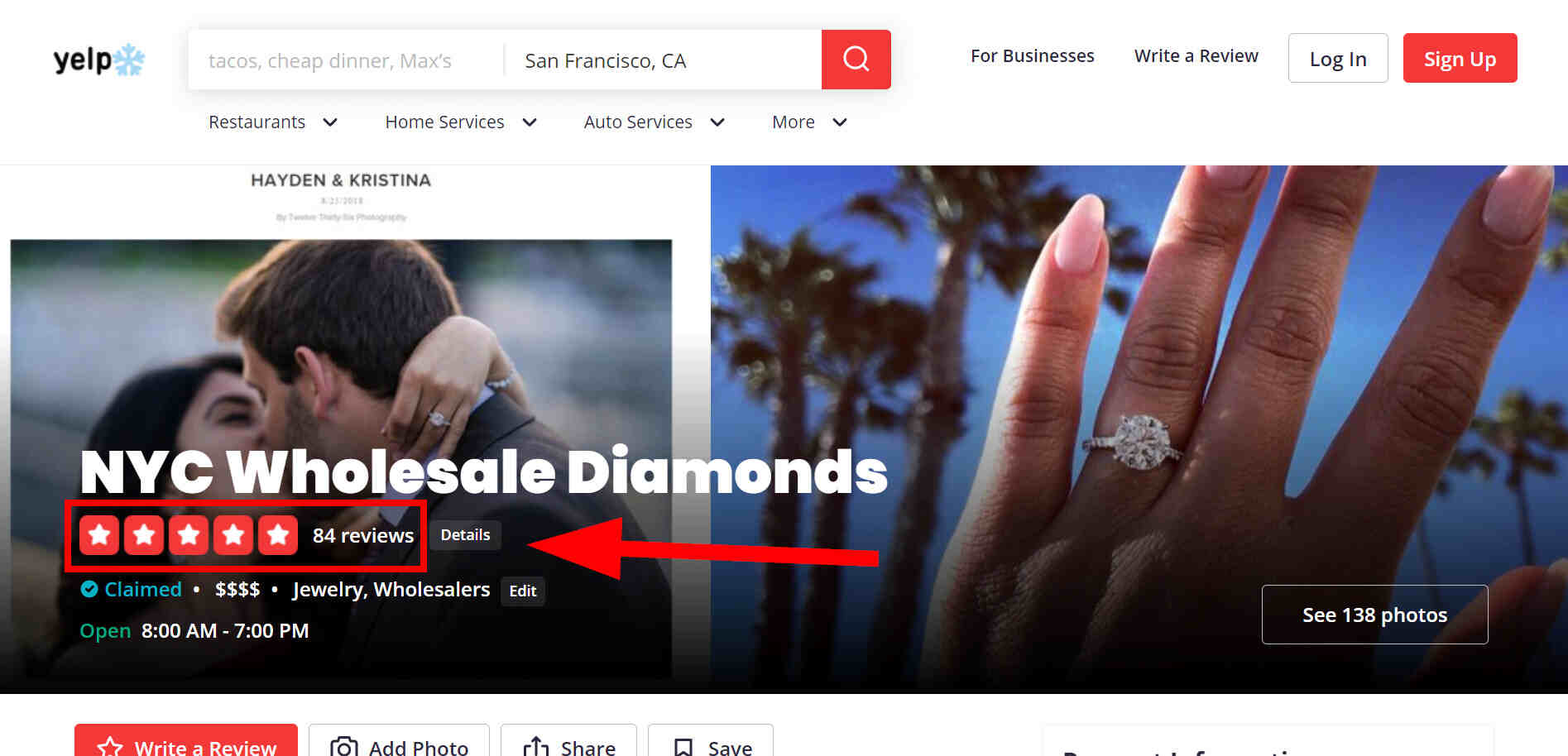
Keep an eye out for what your customers are saying about you on the platform.
Don’t forget Facebook, either.
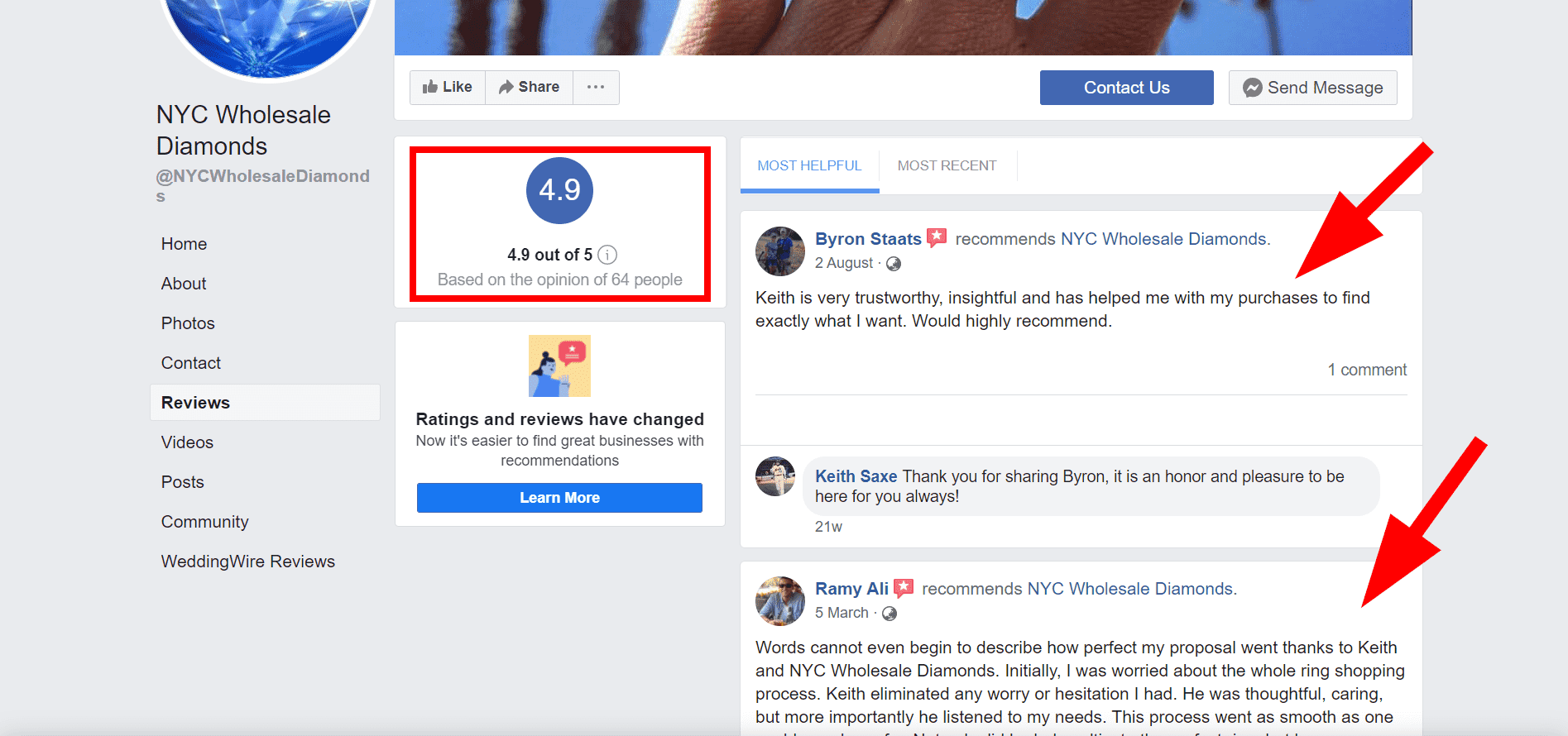
If your business is on Tripadvisor, make sure you see what the reviews look like on your listing.
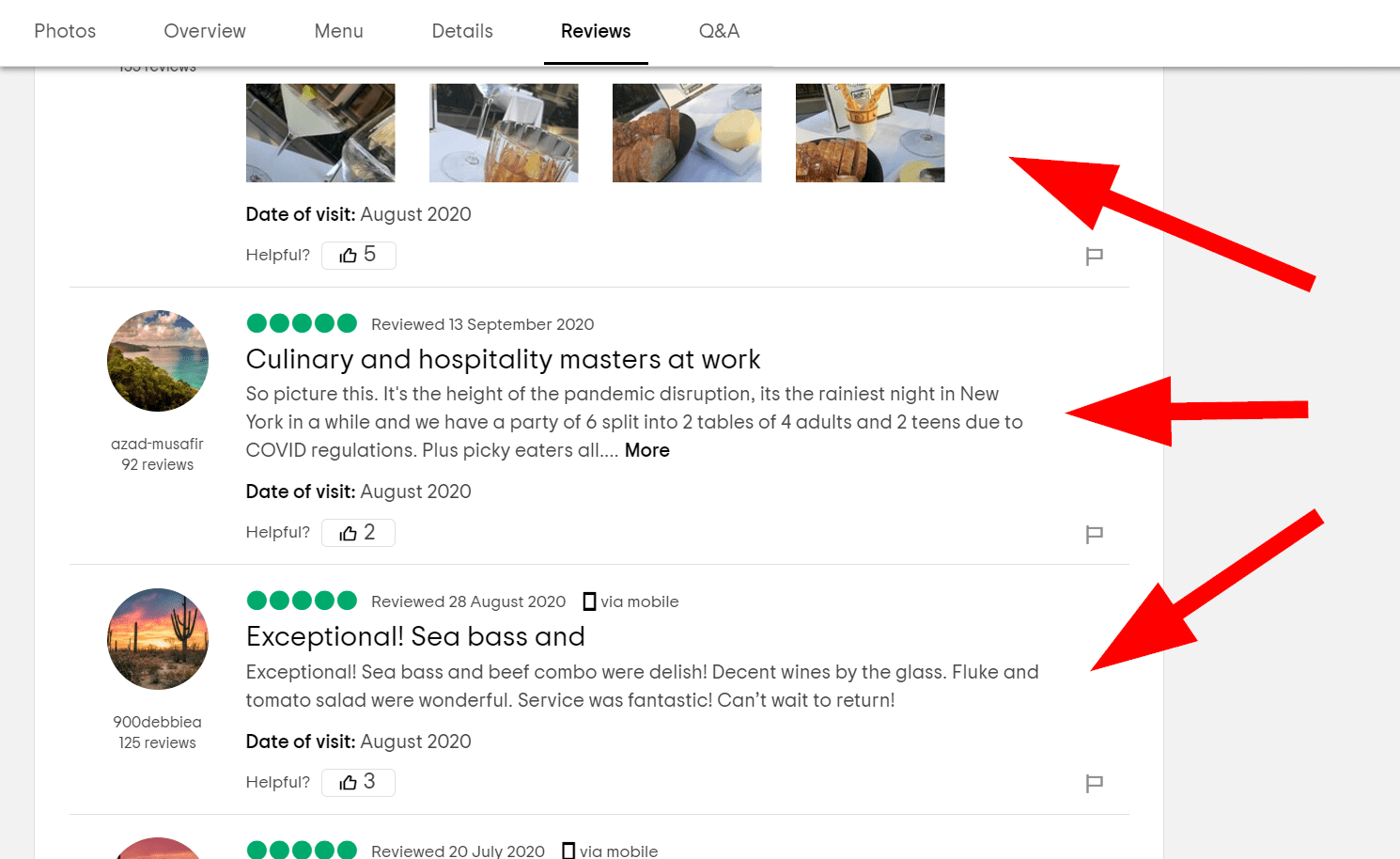
Responding to Reviews
A large degree of managing your online reputation will involve responding to reviews of your brand. In general, you should try to respond to every review you get, as quickly as possible. This suggests you care about their feedback, thoughts, and opinions.
It also matters how you respond, which depends on whether the review is positive or negative.
For positive reviews, show them some appreciation. Let them know their support of your business is acknowledged.

For negative reviews, be polite and avoid being confrontational. Address their criticisms and try best to provide a solution.

Social Monitoring
Monitoring social media is another element to an online corporate reputation management strategy. An effective social listening tool can help make this easy — it’ll keep watch over your own profile. It’ll also track other profiles and comments sections talking about you.
It’s a great way to get a good feel for the perception of your brand. These are also opportunities to interact with those discussing you.
You should keep a close watch regarding what your audience is saying about you in the comments section.
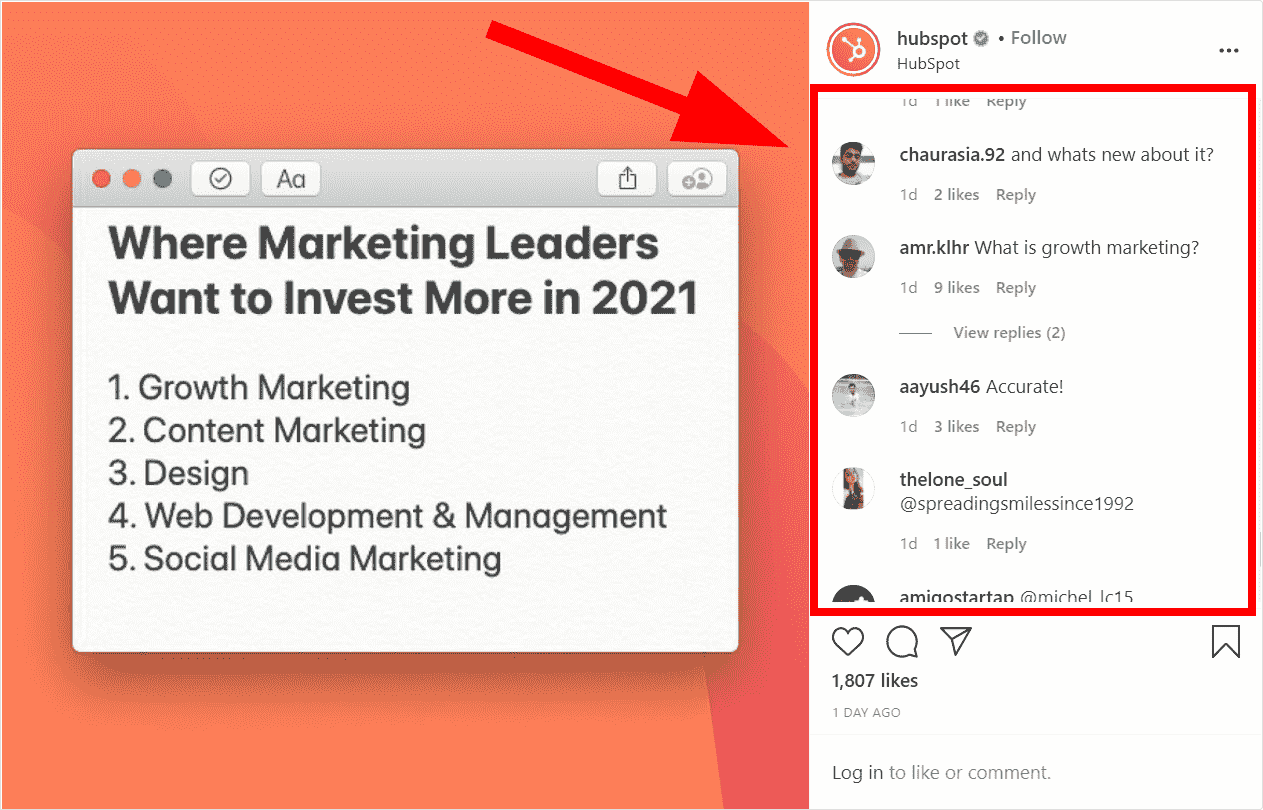
Also take a look at hashtags, to see what your audience is saying about you through their own posts.

Keep a close eye on all your social media profiles, across all the different platforms your brand’s on.
Mention Monitoring
Mention monitoring involves scanning various areas of the internet such as forums, blogs, and websites for mentions of your brand. These instances of people referencing you provide opportunities to improve your reputation.
Reddit is one such place where you might find people mentioning your brand online.
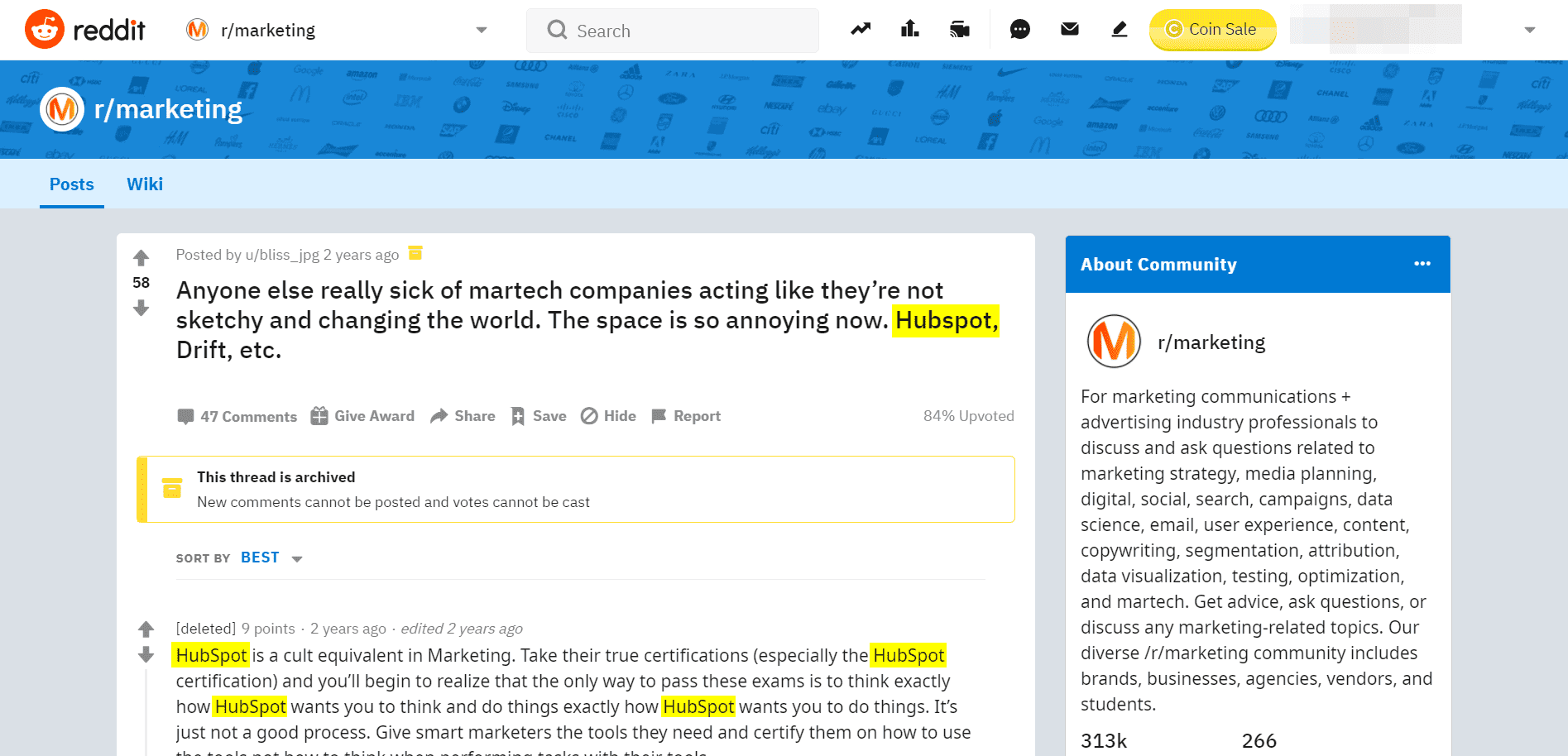
Mention monitoring is typically done with the help of a tool, such as:
Responding to Social Mentions
Responding to both social media and internet mentions is a core reputation management element.
Compared to a review, responding to social mentions is generally more specific. Someone might have made a very precise criticism of one aspect of your brand, product, or service.
Like responding to reviews you’ll want to be polite, avoid confrontation, and provide help to seek resolution.

How to Build a Solid Corporate Reputation Management Strategy
When it’s all boiled down, a reputation management strategy really only requires 2 things:
- Monitoring
- Responding
Building a solid strategy is really easy because all you have to do is cover those. In fact, we’ve made it easy by listing out a 4 step process for you to follow.
Step 1: Monitor Your Reputation
The first step is to observe the places where your brand exists, and/or is talked about. This might include:
- Social media platforms (Facebook, Twitter, Instagram, etc)
- Business/review listings (Google My Business profile listing, Yelp, Tripadvisor)
- Forums
- Blogs
Make a list of all the places your organization features. These’ll be the places you’ll continually come back to monitor for potential, new activity. This is so important to do because what people say affects the consumer perception of your brand. Bad reputation? Less revenue.
Once you’ve got that list you can begin to put together a response plan.
Step 2: Create a Response Plan
The next step in building your corporate reputation management strategy is to create a response plan. This is a plan that outlines how exactly you’ll execute your monitoring and responding processes. It’ll detail a range of workflow details, including:
- Who’ll monitor mentions and reviews
- Who’ll respond to the mentions and reviews
- Who’ll authorize responses
- What tools will be used to help monitor and respond
Who Will Monitor?
The person most likely to monitor mentions and reviews will be someone from the marketing team. It could also potentially be someone from customer support/service. It’ll most likely be whoever is managing your social media presence.
Who Will Respond?
The person who monitors will be the same person who’ll respond. There’s no need to complicate things — have someone who’ll do both.
Who Will Authorize Responses?
A manager of some sort will oversee and greenlight the appropriate responses on behalf of the brand. Most reputation management/monitoring tools have an authorization/permission feature that covers this.
What Tools Will Be Used?
You could manually monitor your reviews and mentions, but it would be time consuming. You’d have to cover every single social media platform, forum, blog, and review listing. Even then, you would find it downright impossible to identify all mentions made about your brand.
The solution is simple — use a tool.
There are many social monitoring/listening tools out there that do all the work for you. Choose one that best fits your needs and budget.
Step 3: Execute Your Response Plan
Now that you’ve created your response plan, it’s time to execute it. This will be both an initial activity as well as an ongoing one. You’ll be monitoring and responding for as long as your brand is in business.
Here’s a brief summary of what you should be doing:
- Respond to negative views with politeness and support
- Acknowledge your positive views with appreciation and acknowledgement
- Answer any and all questions from mentions
- Encourage more positive reviews by improving your business listing
Try to remain consistent with your efforts. A solid corporate reputation management system relies on you frequently monitoring and responding. The faster, more immediate you act, the better your efforts will be.
Step 4: Track and Measure Your Results
It’s important that you take advantage of any and all tools at your disposal to track and measure your results. Your social mention/listening tool will have features that’ll support this. Keeping an eye on metrics will ensure your corporate reputation management efforts are data-driven.
5 Corporate Reputation Management Best Practices (Backed by Science)
Below, you’ll find 5 different corporate reputation management best practices. These are actionable strategies, backed by science.
1. Prioritize, Customize and Respond Fast to Negative Reviews
Arguably the most important aspect of corporate reputation management is responding to negative reviews. These are individuals calling your organization’s reputation into question. How you respond to them is of utmost importance — you need to make sure you get it right.
A 2018 study on manager responses to online reviews found that — unsurprisingly — you need to respond fast.

This ensures that they actually see your response. If you take too long to respond they’ll most likely miss/forget about it.
The same study also concluded that you should try to “customize” your responses to negative reviews.

What does this mean exactly? Well, you should provide a tailored response for every individual negative review. One that specifically is made for them, that addresses their problems, issues, and criticisms.
2. Avoid Overdoing Your Response to Positive Reviews
According to the same 2018 study as above it’s actually possible to screw up a positive review response.
The researchers found that responding too fast had a negative effect on subsequent reviews. They also discovered this could be avoided by waiting for the positive review to be buried a little before responding.

Further down they also uncovered that you should avoid too much customization as well.

Try to avoid using it as a chance to promote or advertise. A simple “thanks” or show of appreciation is all you need.
3. Become an Ethical Brand
Did you know that 90% of citizens would boycott a brand if they uncovered it conducted unethical practices?
People are less likely to want to associate with your brand if you partake in dubious activities. As an organization, try to have some sense of social responsibility.
One such way to show that you care about being an ethical company is to do some community outreach. Research from Harvard has shown that if effectively utilized, community outreach can improve customer loyalty, as well as customer value.
If you show you actively care about more than the bottom line, it’ll help improve your reputation.
4. Have a Social Media Strategy For Dealing With Negative Comments
Social media has a major influence on an organization’s reputation. Negative comments from individuals or groups can tarnish the perception of your brand, how consumers see you. To combat this, you should have a social media strategy in place.
A 2012 Atlantic Marketing Journal study analyzed top brands to see how they responded to negative comments on social media. From that analysis, they formulated 5 core strategies, categorized as either offensive, defensive, or a mix:
- Partner (offensive)
- Delay (mix)
- Respond (mix)
- Censor (defensive)
- Legal Action (defensive)
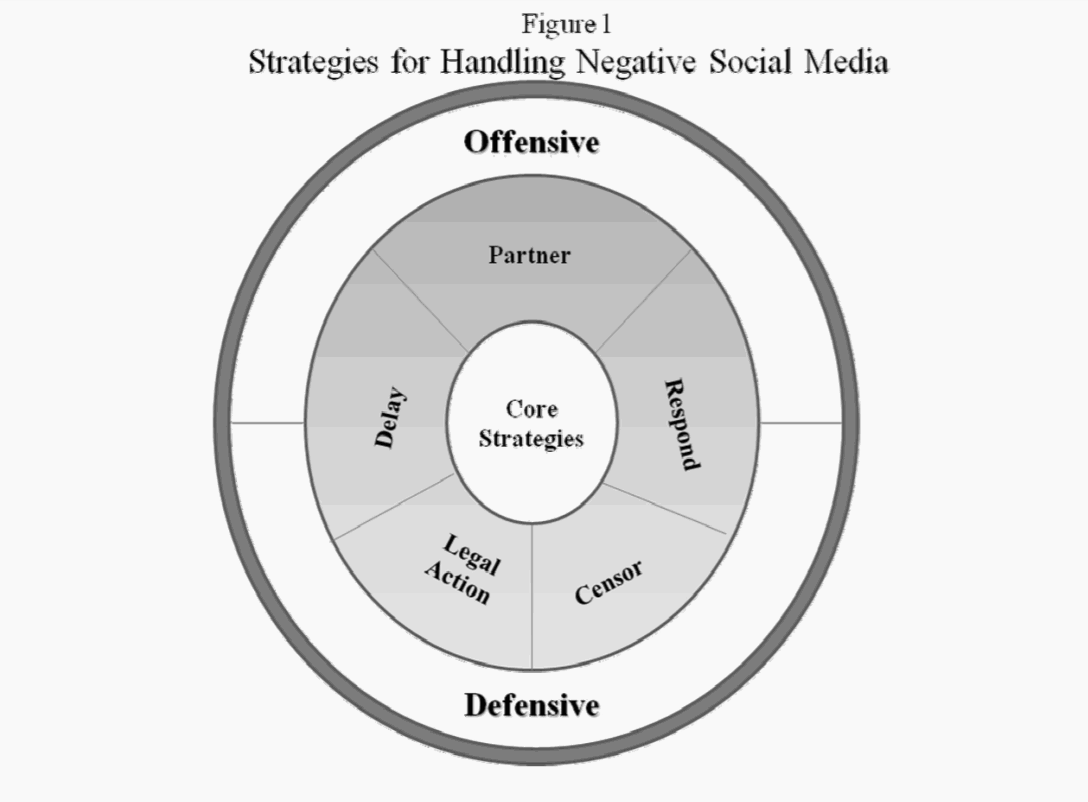
Each individual strategy has its own benefits and advantages — and should be used at the right time.
An offensive strategy like partnering seeks to engage the negative commenter, creating a relationship with them. On the other hand, defensive strategies like censorship or legal action attempt to assume control and defend an organization’s reputation.
Responding and delay can both either be offensive or defense — it depends on context — how the action is received. For example, delaying a response might be seen as an act of defense, where responding quickly would be offensive.
To ensure your organization’s corporate reputation is protected on social media, utilize these 5 strategies.
5. Don’t Forget About Employees
Most of corporate reputation management revolves around your customer’s perception of you. However, you should also consider how employees perceive you, as this matters. If you’ve got a terrible reputation as an employer, how do you figure you’ll attract high quality talent?
You need to invest in building your employer brand. Your workers want to be appreciated and catered for. They want their efforts to be valued, respected, and appropriately financially compensated for. No one wants to work for a brand that treats them like a slave.
Conclusion
In this article we covered everything you need to know to master corporate reputation management.
Your brand’s corporate reputation is essential and must be protected and prioritized. It affects how consumers perceive you, which influences sales, revenue, and profit. It also influences an organization internally — employees are less likely to work for a company with a bad rep.
Did you find this article helpful? Got a question? Leave a comment below. We’d love to hear from you.